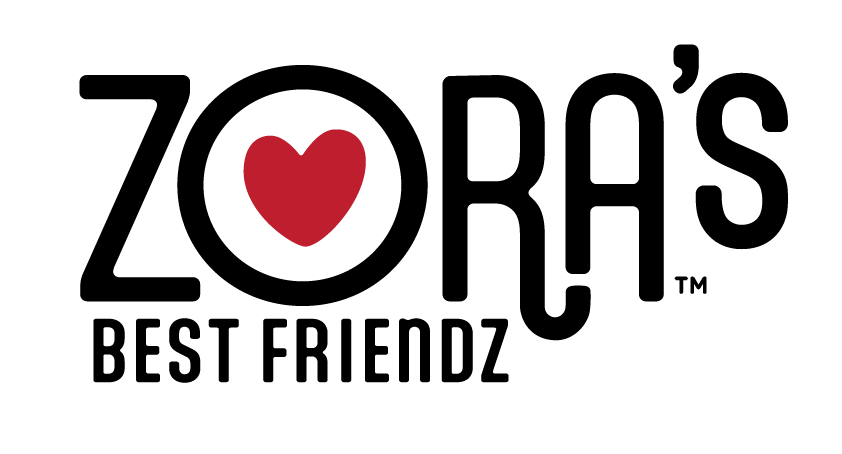
In the realm of pet nutrition, the debate over raw pet food diets has been a topic of contention for years. Proponents argue that raw diets mimic the ancestral diet of dogs and cats, promoting better health and vitality. However, a recent article published by the U.S. Food and Drug Administration (FDA) sheds light on the potential dangers associated with raw pet food diets, both for our beloved pets and for us as pet parents. Titled "Get the Facts! Raw Pet Food Diets can be Dangerous to You and Your Pet", the article serves as a crucial reminder of the risks involved and the importance of informed decision-making when it comes to our pets' diets.
The Risks of Raw

The FDA article delves into the various hazards posed by raw pet food diets, particularly in terms of bacterial contamination. Raw meat, bones, and organs used in these diets can harbor harmful pathogens such as Salmonella, Listeria, and E. coli, putting both pets and their human companions at risk of foodborne illness. Furthermore, the article highlights the potential for cross-contamination in the home environment, as handling raw pet food increases the likelihood of spreading pathogens to kitchen surfaces and other areas.
Despite the growing popularity of raw diets among pet owners, the FDA warns that the purported benefits must be weighed against the significant risks. While some advocates tout improvements in coat quality, dental health, and energy levels among pets fed raw diets, scientific evidence supporting these claims remains limited. Moreover, the potential health risks associated with bacterial contamination far outweigh any perceived benefits, raising serious concerns about the safety of raw pet food diets.
In light of these findings, pet parents are increasingly seeking safer alternatives that offer the nutritional benefits of raw ingredients without the inherent risks. One such alternative is the use of cooked treats that undergo a meticulous process of low and slow roasting, followed by freeze-drying. Unlike raw diets, which rely on uncooked ingredients that may harbor harmful bacteria, cooked treats undergo thorough cooking processes that effectively eliminate pathogens while preserving the integrity of the ingredients.
FDA Findings
|
Type of Pet Food Sample |
No. samples tested |
No. positive for Salmonella |
No. positive for L. monocytogenes |
|
Raw pet food |
196 |
15 |
32 |
Non-cat and non-dog food, such as dry pellets for hamsters, gerbils, rabbits, amphibians, and birds.
† Included chicken jerky product, pig ears, and bully stick-type products.
‡ Typically packaged in pouches for retail sale, such as (1) pouched dog and cat food; and (2) food treats shaped like bacon, fish, pork chops, and burgers.
- Included pellet- or kibble-type food typically packaged in bags for retail sale.
Note: Canned pet food samples were not tested in this study.
This table presents a summary of the number of samples tested and the number of samples that tested positive for Salmonella and Listeria monocytogenes across different types of pet food. It highlights the higher incidence of these pathogens in raw pet food compared to other types of pet food tested.
Zora’s Best Friendz Treats are both Roasted and Freeze Dried
Low and slow roasting is a cooking method that involves cooking treats at a relatively low temperature for an extended period. This gradual cooking process not only enhances the flavor and texture of the treats but also ensures that harmful pathogens are effectively eradicated. By cooking the treats slowly, manufacturers can maintain the nutritional value of the ingredients while safeguarding against microbial contamination.
Following the low and slow roasting process, treats are then freeze dried, a technique that removes moisture from the treats at very low temperatures without using heat. This preservation method not only retains the natural nutrients and flavors of the ingredients but also inhibits the growth of bacteria, ensuring that the treats remain safe for consumption.
What’s the Difference?
The contrast between raw dog treats and cooked treats that are low and slow roasted plus freeze dried, is stark. While raw diets pose significant risks in terms of bacterial contamination and foodborne illness, cooked treats undergo thorough cooking processes that effectively eliminate pathogens, making them a safer alternative for pets and their human companions.
Furthermore, cooked treats offer additional benefits beyond safety. The low and slow roasting process enhances the flavor and aroma of the treats, resulting in irresistible snacks that pets eagerly devour. Additionally, freeze-drying preserves the natural nutrients and textures of the ingredients, ensuring that pets receive the essential nutrients they need to thrive.
Zora’s Best Friendz understands the importance of making pet treats that are not only delicious but also safe and nutritious. That's why we employ the meticulous processes of low and slow roasting and freeze drying to create treats that meet the highest standards of excellence and tastiness. With our commitment to quality and safety, pet parents can trust that they are feeding their furry companions treats that don’t have the risks that raw diets can have.



